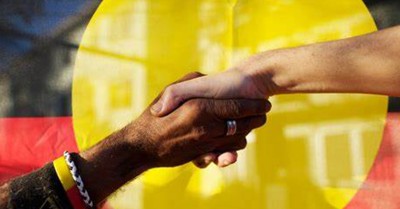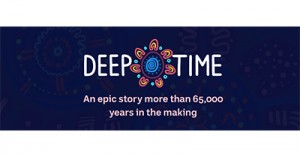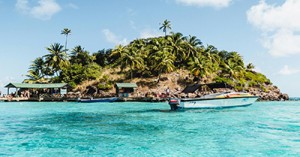Through engaging with translations of a song into a number of different Aboriginal and Torres Strait Islander languages, children will develop a shared appreciation of, and pride in, the diversity of Aboriginal and Torres Strait Islander languages.
Materials Needed:
- Video Clip of Marrin Gammu.
This song was recorded with children from five different Aboriginal and Torres Strait Islander language groups with the aim of increasing awareness about the number, diversity and importance of the diversity and importance of Australia’s first languages. The title, Marrin Gamu, combines the word for ‘body’ from two of the languages in the film clip (Wiradjuri and Kalaw Kalaw Ya, respectively).
What to do:
- After screening the original video, children may also wish to view a range of other video translations and performances of the Marrin Gamu song via the following First Languages Australia or ABC Education webpages.
Once children have engaged in viewing these video clips, facilitate a discussion around the following kinds of questions:
- Where do the groups of children in the videos come from, and what language(s) do they speak?
- What do you think is special/important about the languages in the videos?
- Is there anything else we learnt about from the videos? Why do you think this learning is learning special/important?
- What was similar or different about each of the videos and the song that was sung within them? Are all Aboriginal and Torres Strait Islander languages the same? What is special or important about the idea of one song being able to be sung in many different Aboriginal and Torres Strait Islander languages? Are all Aboriginal and Torres Strait Islander cultures, and identities the same?
- Why is it special or important to learn about the different Aboriginal and Torres Strait Islander languages, cultures, and peoples across Australia?
Hints and Tips:
- You may then wish to localise the discussion by encouraging children to think about, identify and locate the Aboriginal and Torres Strait Islander language(s) of the area on which your early learning service operates. Where feasible and appropriate, work with your local Aboriginal and Torres Strait Islander Language Centre and community to translate the Marrin Gamu song into the local language, and record children singing it. The English Lyrics and backing track for the song can be found here: http://marringamu.com.au/marringamu_resources/.
For further or alternative lesson plans or ideas: Marrin Gamu Resources
Reference:
Marrin Gamu - Many Languages, One Song, .Narragunnawali Reconciliation Australia







